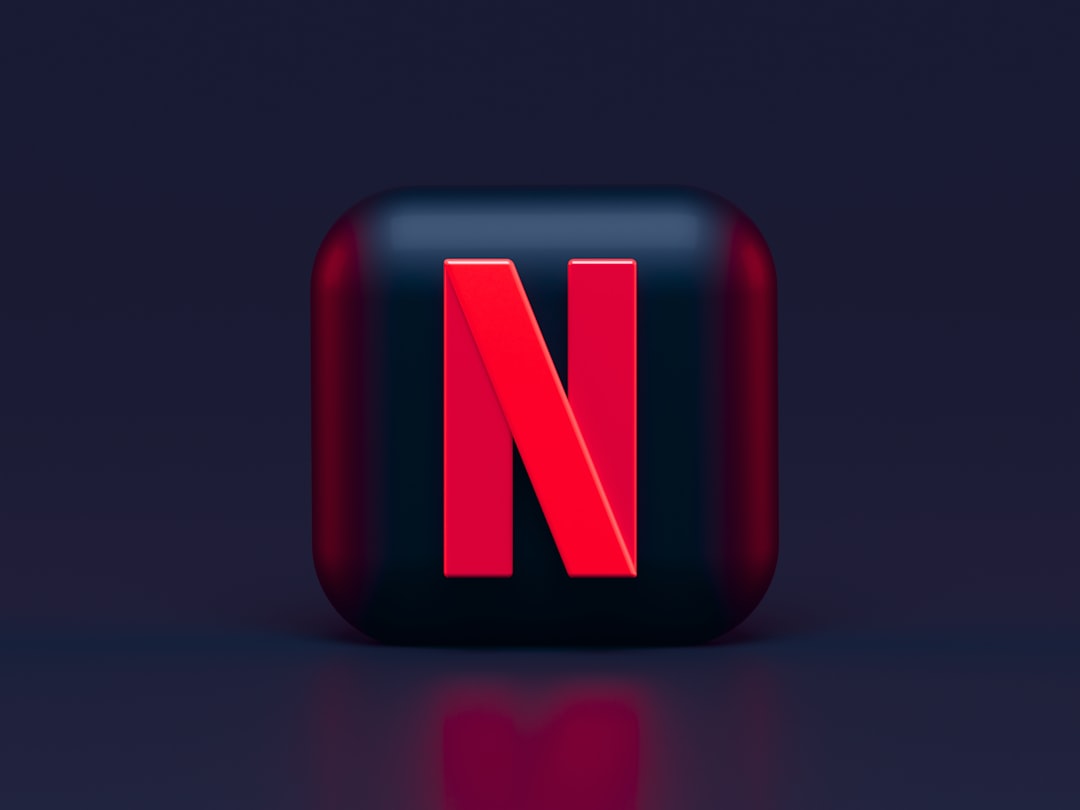🍿 Netflix: Ads are coming
And why the binge release format continues to thrive.
Hello there! 👋
Greetings from San Francisco!
On Tuesday, Netflix (NFLX) reported its Q3 FY22 earnings.

Hello there! 👋
Greetings from San Francisco!
On Tuesday, Netflix (NFLX) reported its Q3 FY22 earnings.
